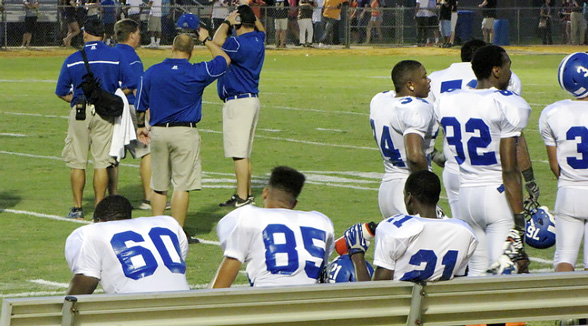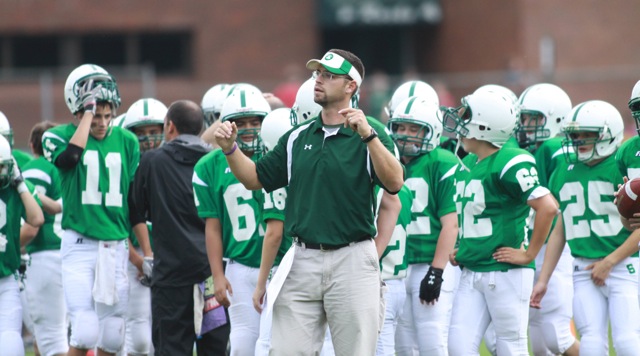Transitioning athletes into team managers
At the conclusion of tryouts, coaches often have major decisions to make — who makes the team, and who doesn’t.
In most situations, you can’t keep everyone. It isn’t practical. There’s no possible way to include an unlimited number of players in drills, and to play them all in games. There has to be a limit to the size of most high school teams.

If you can convince a candidate who was cut to serve, you will be getting someone who loves the game. After all, they did try out and they wanted to be a member of the team. Therefore, they have some knowledge of the game and some rudimentary skills which would be helpful in a manager.
How can you use a candidate who was cut as a manager? You can use this manager in place of yourself or another coach to help in drills. For example, is there a basketball drill where the coach normally passes the ball to a player? The manager can take on this duty.
» ALSO SEE: 5 tips to help coaches bond with players
Also, managers normally keep statistics. A cut player has a definite advantage here, because they know something about the sport, which makes it easier to take accurate statistics. You will spend much less time teaching them and probably will have fewer missed stats.
Don’t forget that this candidate may be friends with some of the players. Since having fun with friends is the No. 1 reason young people participate in athletics, you don’t want to overlook this aspect. Continuing to share experiences and maintain relationships can be a major reason for someone to become a manager.
Coaches must keep in mind that someone who has been cut can be extremely disappointed and may not immediately jump at the chance to manage. There are several considerations when approaching a young person who was cut. Think these through before you extend the offer.
1. Assess the individual. Plan ahead for the conversation. Try to determine what they may think of the invitation, and remember that no two students are the same. Tailor your discussion to the young person’s personality, goals and needs. Consider how serving could be a positive experience for them.
2. Emphasize connection. Present the invitation as a way to be part of the team and stay involved with the sport. Mention the prospect of being with their friends. Let them know that while there are some duties they would have to perform, the role can be fun.
3. Stress the importance. Highlight the practical things they would do in practice sessions. Illustrate how these jobs would be helpful and contribute to the success of the team. They would be your “assistant” and serve a vital role.
4. Describe the duties. Outline what you expect of a manager, because you don’t want anyone accepting the job without understanding what’s involved. Cover areas such as attendance at practice sessions and games and specific duties. Also mention that managers can earn a letter. They’re also honored at awards assemblies and team dinners at the conclusion of the season.
5. Be patient. Answer any questions and give them a couple of days to think about your offer. It may take some time for the disappointment of being cut to subside. But after some time, they may begin to appreciate the role and its value to the program.
While not every cut student will want to become a manager, some will. And when this happens, it can be a win-win for the student, team and coaching staff. It’s an idea worth trying.
David Hoch, CMAA, has 16 years of experience as a high school athletic director and served for 12 years as the executive director of the Maryland State Coaches Association. In 2000, he was named Athletic Director of the Year by the Maryland State Athletic Directors Association. His column, A.D.ministration, focuses on issues in athletic administration and appears regularly in Coach & Athletic Director magazine.





